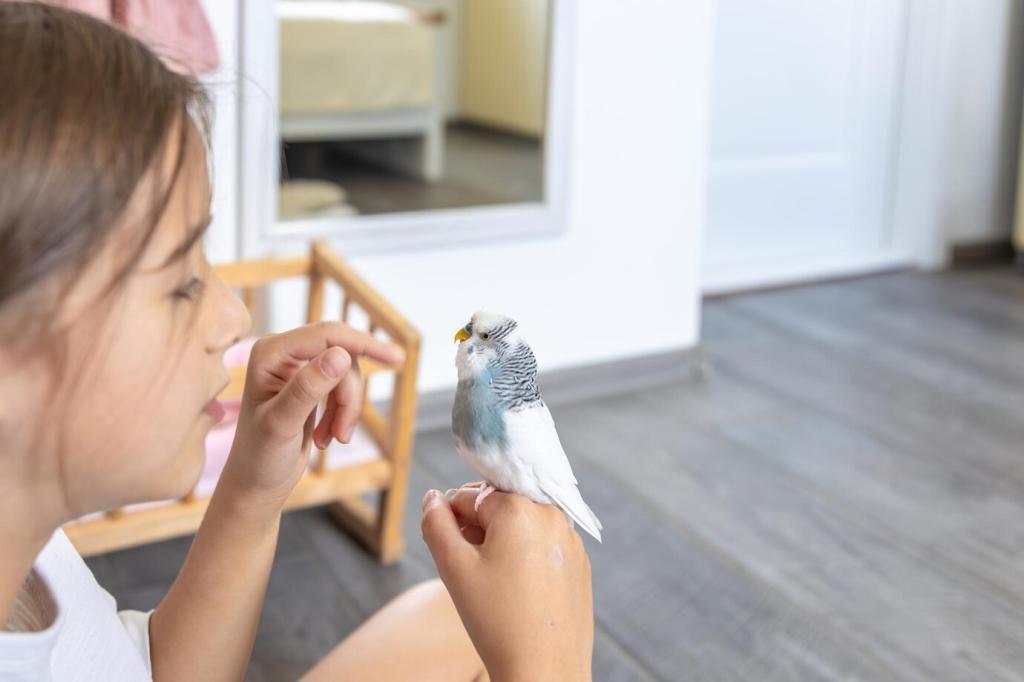Join the Flock: Participating in Bird Counts and Surveys
Why Bird Counts and Surveys Matter
Every checklist strengthens population models and habitat maps. When enough observers record who, where, and when, scientists can pinpoint declines, prioritize restoration, and demonstrate why a wetland or forest deserves urgent protection.
Why Bird Counts and Surveys Matter
Your feeder notes link to continental migrations. A robin counted at breakfast complements shorebird tallies along coasts, creating a flyway-scale picture that guides safe stopovers, protected corridors, and climate-smart conservation strategies.
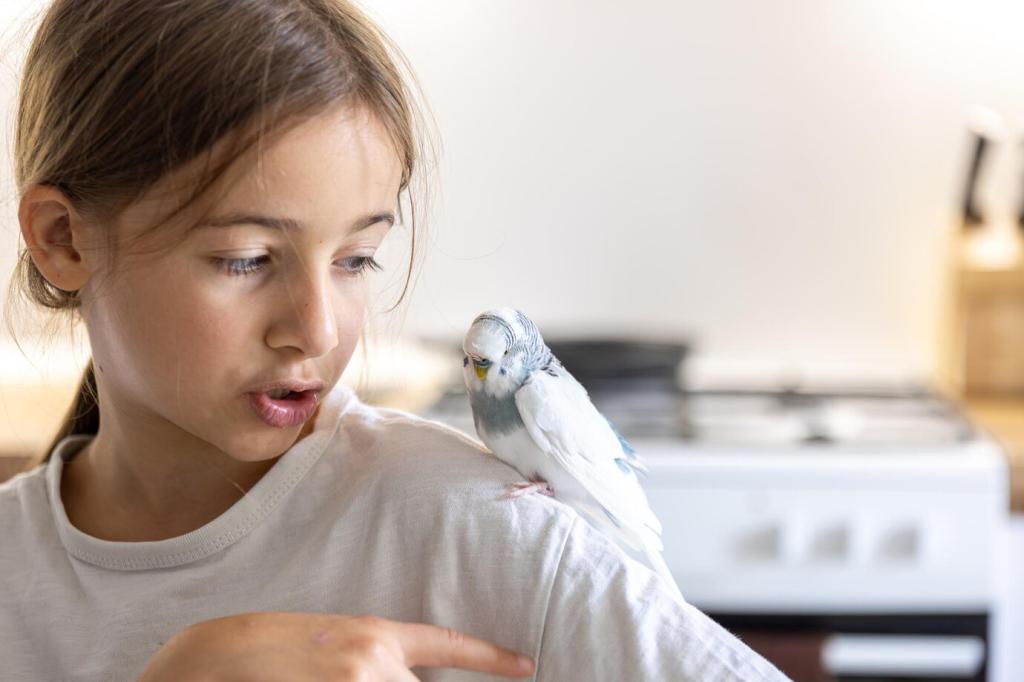
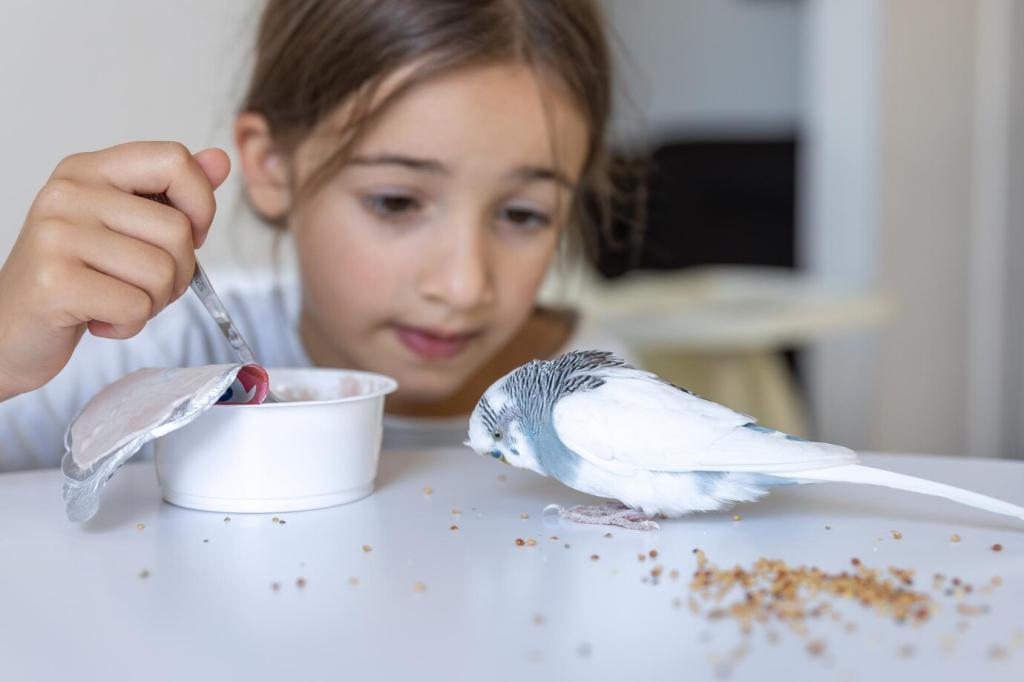
Getting Started: Your First Count
Try the Great Backyard Bird Count for an easy weekend, a Christmas Bird Count circle for teamwork, or a Breeding Bird Survey route for structured commitment. Comment which format feels right for you.
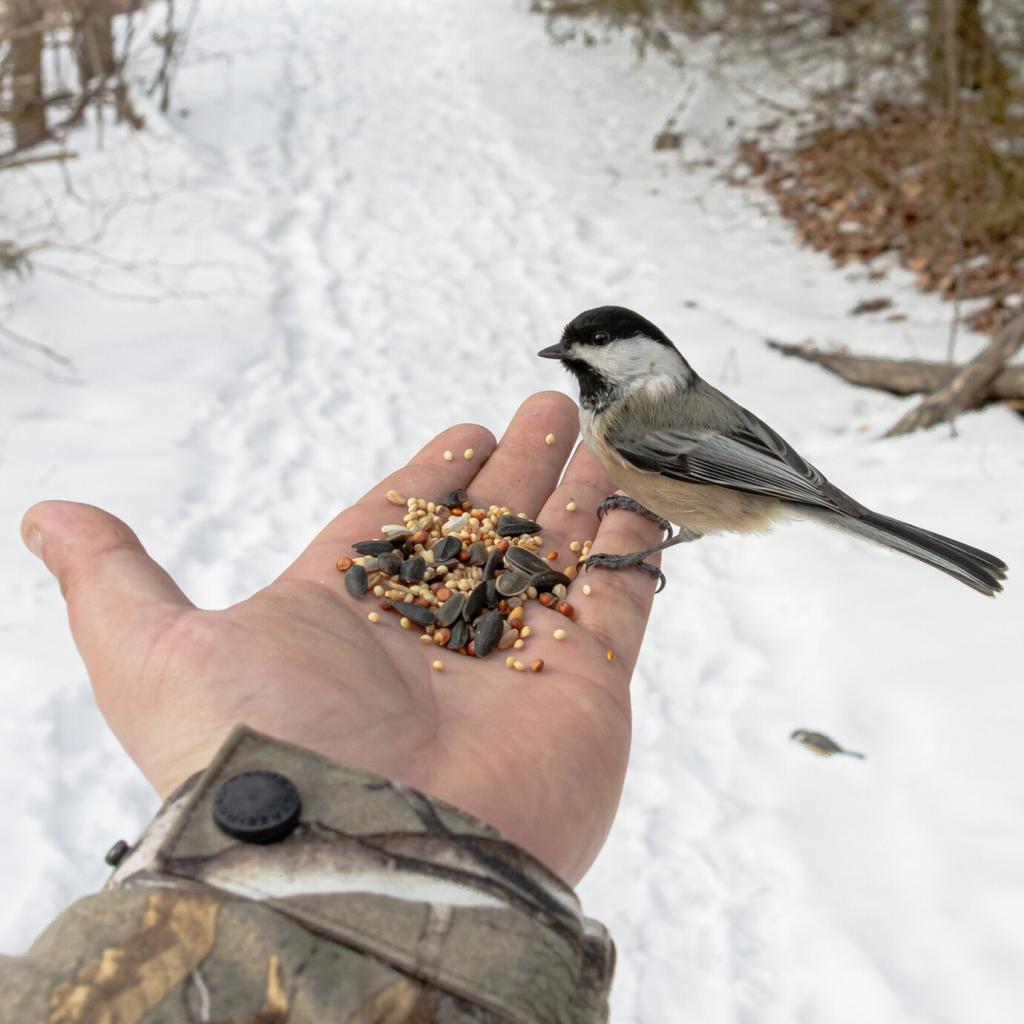
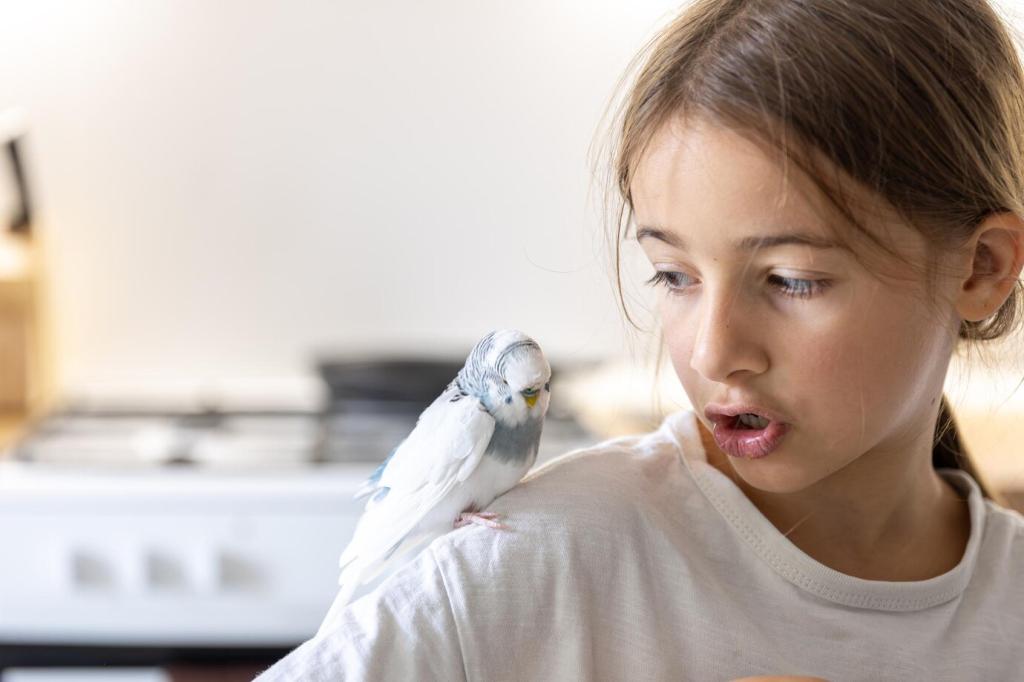
Getting Started: Your First Count
Binoculars, notebook or app, weather-appropriate layers, water, and a small first-aid kit. Pack quiet snacks, avoid playback unless protocols allow, and keep respectful distance so your presence never stresses birds.
Field Skills That Boost Your Accuracy
Use block counting—estimate groups of five or ten, then multiply. For mixed flocks, tally species separately. Recount when birds flush, and document uncertainty ranges. Transparency helps analysts use your data wisely.
Practice common calls daily. Short recordings during permitted surveys help confirm tough songs, but always follow rules. Noting background species, dialects, and distance estimates adds nuance that strengthens the final dataset.
Time-stamp observations, list specific locations, and use consistent abbreviations. Write brief behavior notes—singing male, carrying nesting material, soaring over ridge. Invite a friend to review your notes for clarity and completeness.
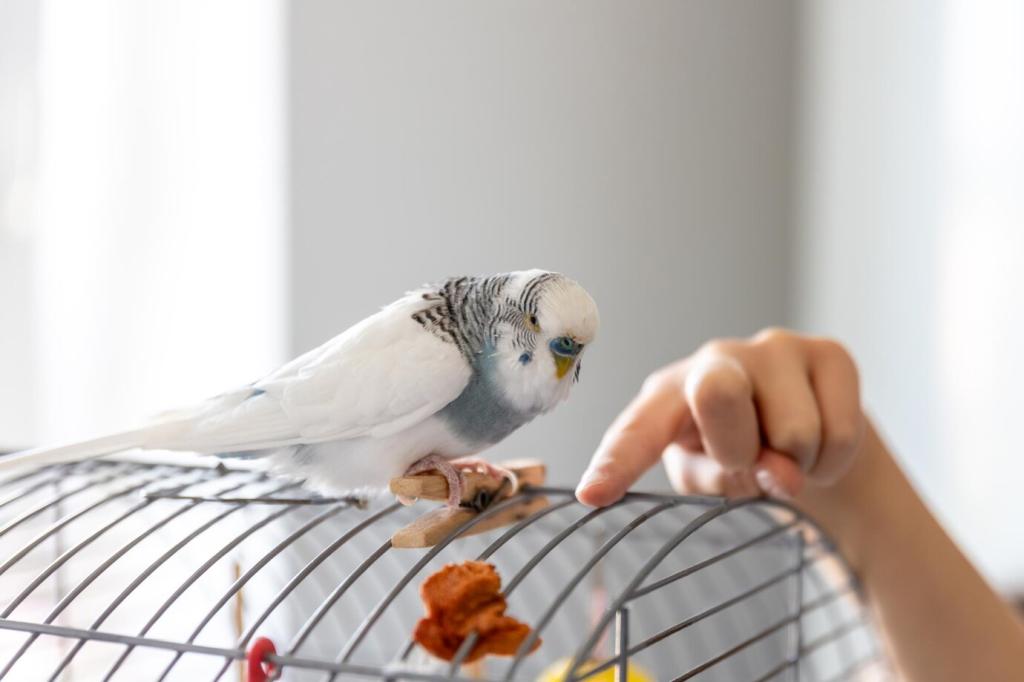
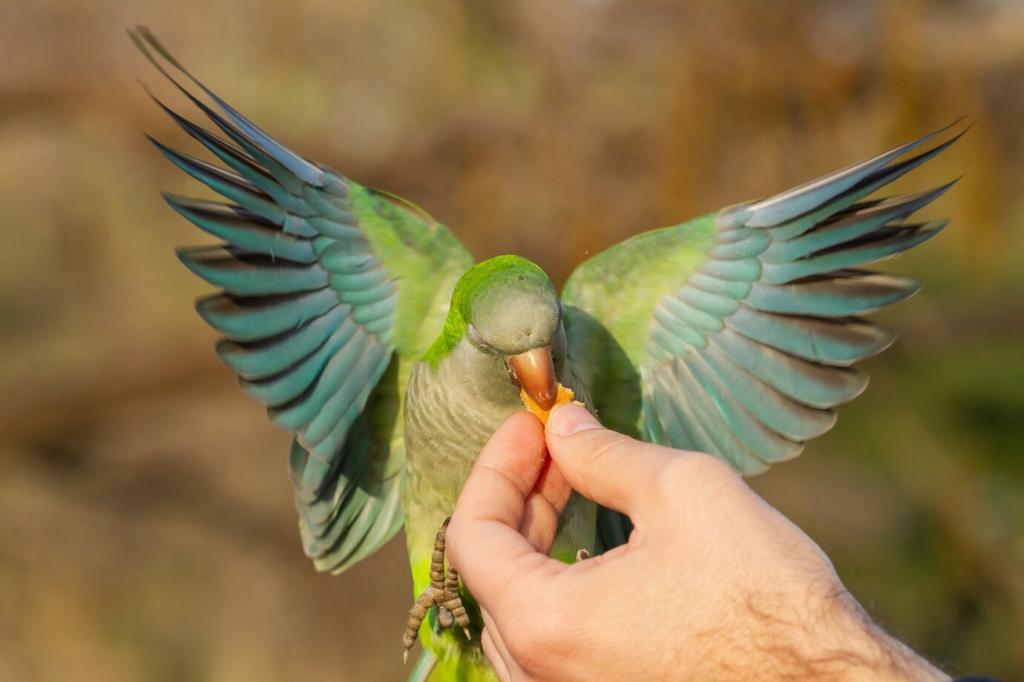
Stories From the Field
The Dawn Chorus That Changed a Route
One volunteer shifted a Breeding Bird Survey stop after hearing wood thrush songs echo from an unprotected ravine. A year later, convincing trend lines helped secure a community-backed preservation effort.
Counting in the City, Finding Wildness
On a downtown Christmas Bird Count, a team tallied peregrine falcons using a hospital tower as a perch. Commuters looked up, smiling, and three curious onlookers joined the afternoon sector.
A Child’s First Tally, A Family Tradition
A nine-year-old carefully counted mallards by tens, proud and focused. That day’s list became a kitchen poster, and an annual promise. Share your first-count memories—we’d love to feature them in future posts.
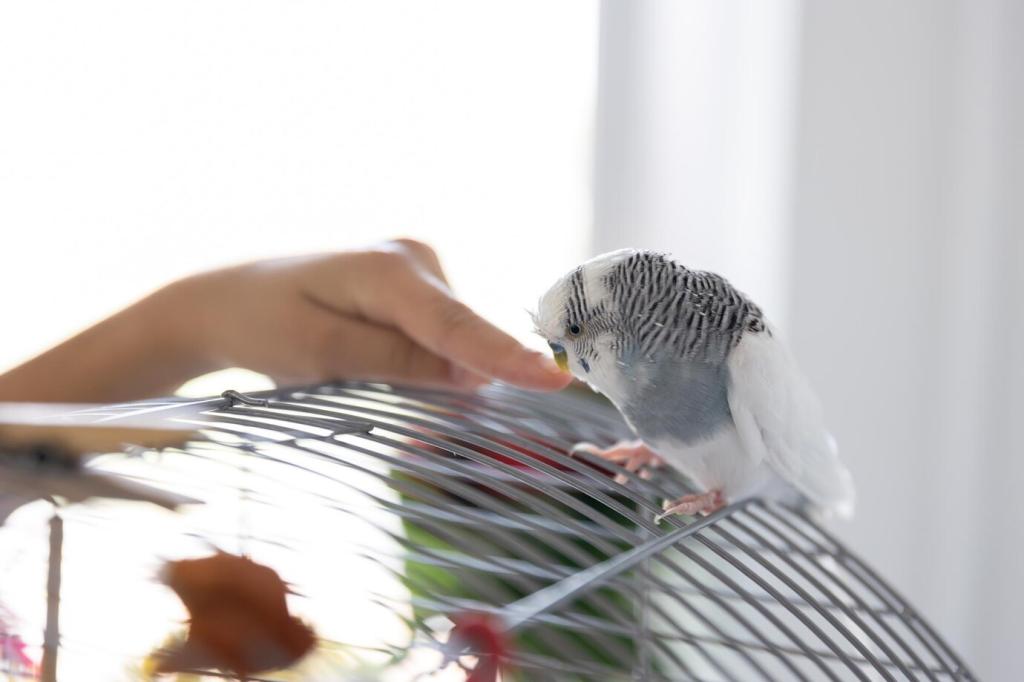
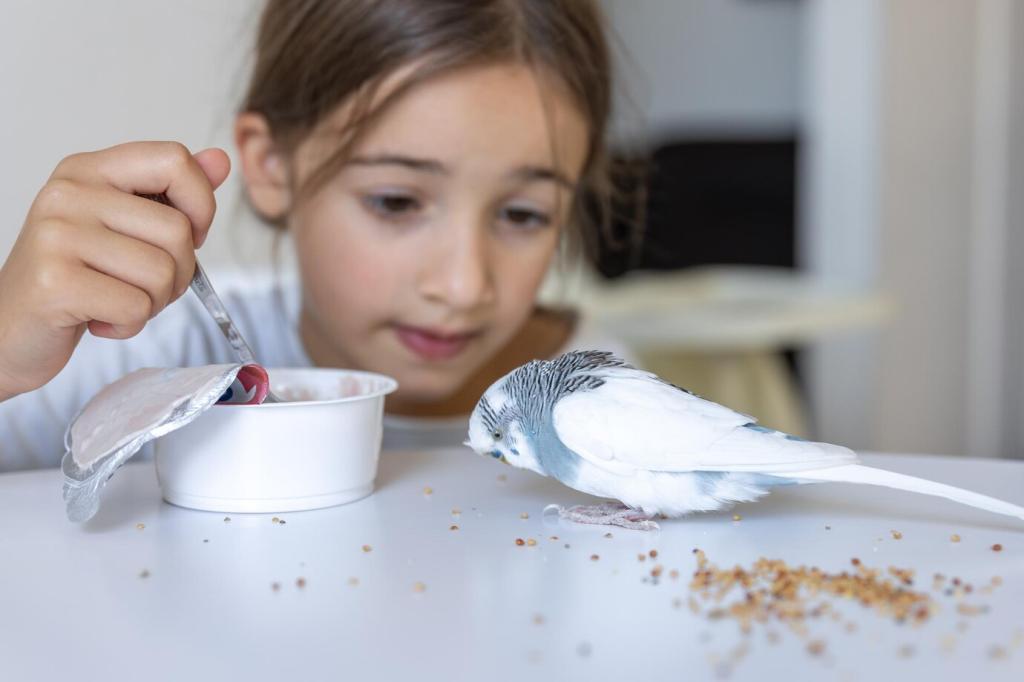
Making the Most of Digital Tools
Save precise waypoints for stops, record track logs, and note habitat types at each point. Consistent spatial data makes year-to-year comparisons meaningful, revealing subtle shifts that would otherwise go unnoticed.
Making the Most of Digital Tools
Short, contextual clips can confirm difficult identifications when protocols allow. Label files immediately with species, time, and location. Always avoid playback that might disturb birds, especially during sensitive breeding periods.
Build Community and Keep Learning
Ask a bird club or nature center about open survey routes. Seasoned leaders love welcoming new eyes and ears. Comment where you’re based, and we’ll help connect you with nearby counting crews.
